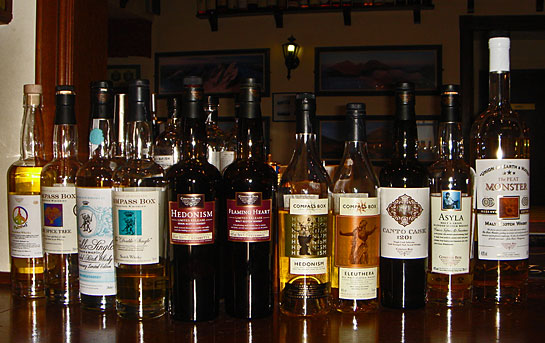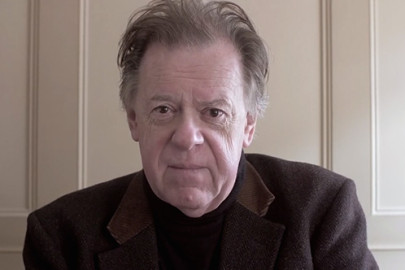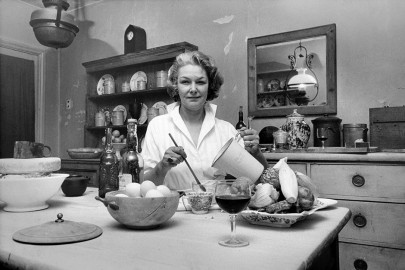This week something slightly different on the whisky front, as The Dabbler’s drinks writer Ian Buxton – author of the bestselling 101 Whiskies to Try Before You Die – looks at a unique artisan blender, and picks three of the best from the Compass Box…
As it enters its second decade, you need to understand that this is a rather different whisky company – a specialist blending house rather than a distiller – driven by the messianic John Glaser, an anglophile American who started his whisky career with Diageo but opened his own ‘house’ in 2000, literally blending his first offerings in his own house. Now he has Compass Box: a boutique-style warehouse operation in Chiswick with cool jazz streamed from the internet as his small team go about their work, rather like some latter day priesthood.
They describe themselves as “artisan whisky makers”. Well, shrewd urban marketers for sure, these are not quite the horny-handed sons of toil that they would have you believe. But they can pick out great casks of whisky and then they seem to have an almost supernatural sense of how to blend them, even if they do get wrapped up in their own publicity from time to time. The insistence on their renegade style and fearless outsider stance can grate but that misses the point which is, of course, the stuff in the bottle.
As a stack of awards will testify, Compass Box is revered by whisky’s chattering classes and precious close to becoming part of the whisky establishment (they would squirm and look uncomfortable at this) and they got there by making very, very good whisky indeed. But they don’t in fact, make anything – what they do is blend superb small batch whiskies from very, very carefully selected casks (most of them, ironically, from Glaser’s former employer).
To add to your pleasure they are superbly packaged, with elegant typography on witty and distinctive labels. Not cheap, but immensely satisfying, any Compass Box whisky will mark you out as a drinker of taste and discernment (The Dabbler’s dream). So here are just three of the best but, if you can’t get these, grab anything with their label and I guarantee you’ll be happy.
1. Asyla uses just four whiskies in the blend (single malts from Linkwood, Glen Elgin and Teaninich and grain whisky from Cameron Bridge), but marries them for up to 12 months to create a sweet, delicate aperitif whisky that has rightly won huge plaudits.
2. Hedonism is one of their ‘Limited Release’ range but you shouldn’t have too much trouble tracking this down in good specialist whisky shops, on the web or off Compass Box’s own website. What’s unusual about this is that it is 100% blended grain whisky and, more than that, it’s around 20 years old and taken from first-fill ex-Bourbon casks.
Each release is made up as a limited batch with whiskies selected from Cameron Bridge and Cambus distilleries but availability is very much determined by Compass Box’s ability to find casks and the owner’s willingness to share them. Depending on your point of view, grain whisky is either Scotland’s dirty little secret or, in Compass Box’s words, a “little known treasure”. This proves just how good it can be.
3. The Spice Tree: This is a somewhat controversial whisky. The first release of The Spice Tree inserted brand new oak staves in the casks used to mature the whisky. For reasons too arcane and lengthy to go into here, this attracted the wrath of the Scotch Whisky Association (SWA) who threatened Compass Box with legal action if they didn’t stop. The ensuing publicity meant that the whisky sold out in record time but Compass Box felt they couldn’t risk any further batches made in this way.
However, they were not deterred and spent the next three years trying to find a maturation method that was within the rules but gave the same effect. This is the result. Instead of inserting staves into the cask, the cask ends themselves have been heavily toasted and the whisky matured for a further two years in the cask. (There is a detailed and very clear explanation of this on the Compass Box website.)
It’s not immediately evident what the SWA objected to exactly, other than maintaining that the process was not “traditional”. However, this version seems to be acceptable to the grand panjandrums and we can all enjoy it with a clear conscience. It’s blended malt, primarily from Clynelish, and bottled at 46%, natural colour and non-chill filtered. By Compass Box’s standards it’s not particularly expensive and, as this is a sipping whisky that you’ll linger over, a bottle may well last longer than you think.
Stop Press: There’s a 4th that I have to squeeze in. Flaming Heart celebrates Compass Box’s 10th Anniversary; a limited edition bottling with a new label splendidly illustrated by Alex Machin. It’s a combination of Highland, Islay and Island single malts, aged in a combination of American and French oak casks, to create a smoky-sweet flavour profile like no other Scottish malt whisky.
Oh, and Brit says if I am to write consumer reviews pieces like this I have to tell you what the whisky costs and where to get it, so here goes – all prices approximate. Asyla – £30; Spice Tree – £37; Hedonism – £54 (it wasn’t ever going to be cheap with a name like that, now was it?) and Flaming Heart – £75. Try Royal Mile Whiskies or The Whisky Exchange. Shops in London and Edinburgh, and both have great online operations.











The Asyla sounds like my kind of thing, not too weird or peaty (and as for hedonism – it sounds like a lurid alcopop)
Staying at a posh london hotel last weekend I foolishly (and expensively!) decided to order 5 different whiskies from the hotel bar to do a taste comparison. This scientific survey led me to conclude that I have now totally gone off anything grain/bourbon tasting, so american and jap whiskies are all out the window. From now on it’s highland and lowland malts all the way.
A five whisky taste test in a London hotel, Worm? I’d need to take out another mortgage for that. Hope you didn’t spit them out…
No I drank all of them in very rapid succession, which may possibly have added to my general feeling of malaise the next day. Or it might just have been Primark on Oxford Street that nearly tipped me over the edge
Never go into a Primark after five whiskies, schoolboy error.
..or indeed, posh London hotels with or without whisky.
Is it true, Ian, that blends were considered superior to single malts in the olden days?
Worm, I empathise. One night in a New York bar some friends and I went a bit mad for Knob Creek – never again.
I’ve got a bottle of Knob Creek – it’s good if you’re in a bit of an American mood. Watching Madmen or listening to The River, say.
Depends how old you are I suppose! Blending came in about 1860 and rapidly took the majority of the market (for Scotch). By the 1950s it was virtually all blend. Single malts began a revival with Glenfiddich and a few others in the 1960s and have proliferated since. But remember that even today around 92% of all the Scotch whisky sold round the world is blended.
Malts account for a much higher % here in the UK, but globally blends still rule. So someone clearly still finds them to their taste – and if it wasn’t for the success of blends far fewer single malts would have survived to the present day.
(Lecture ends…)